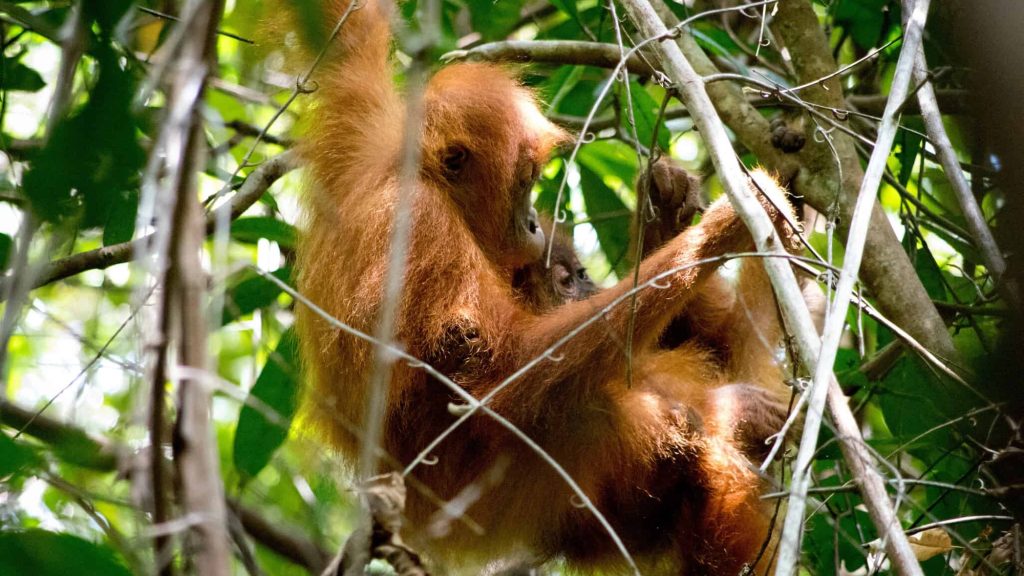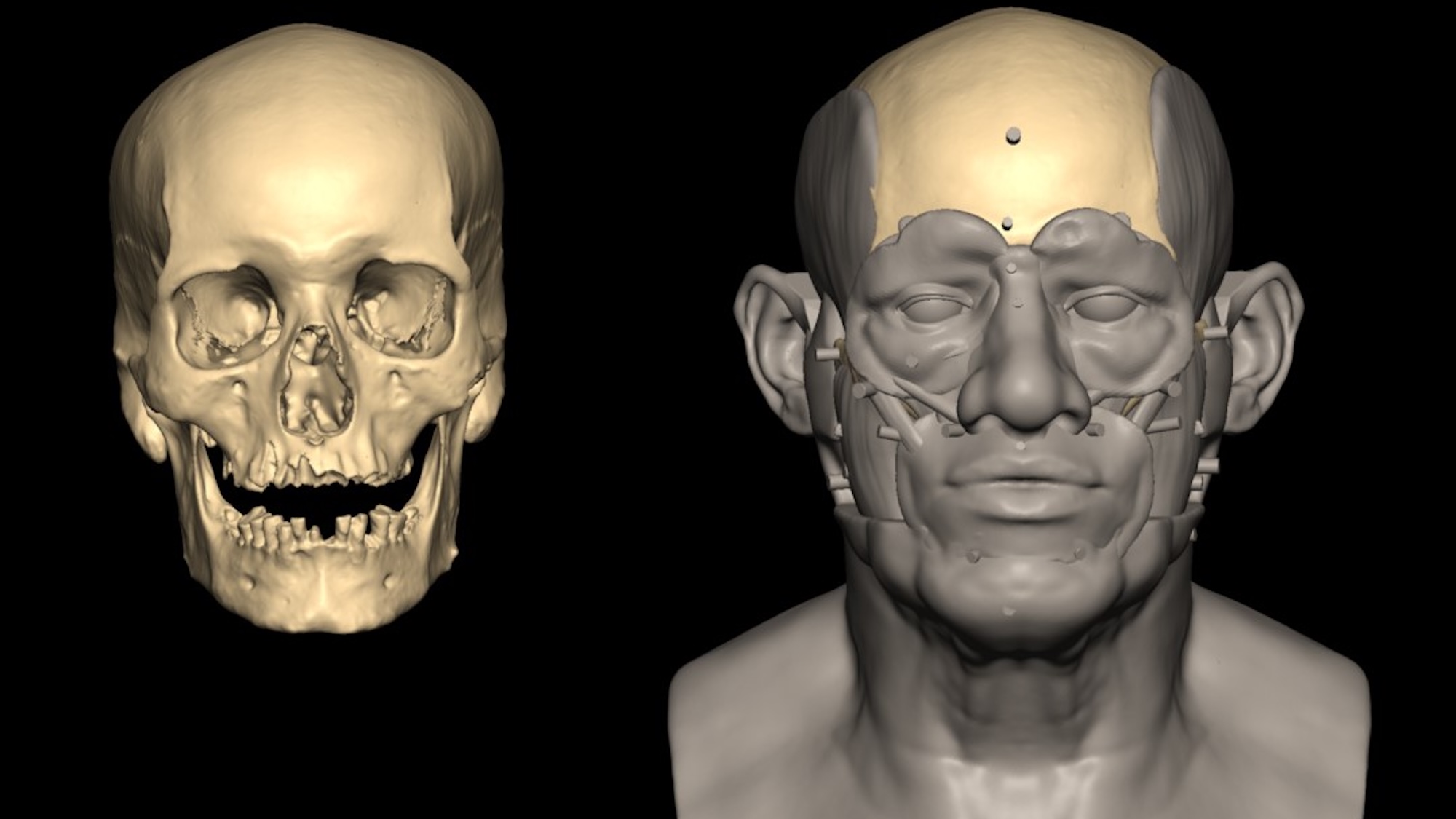Now Reading: Birds See Through Wasp Disguise of Flies
-
01
Birds See Through Wasp Disguise of Flies
Birds See Through Wasp Disguise of Flies

Quick Summary
- Hoverflies mimic the appearance of stinging wasps to deter predators but lack venom or stingers.
- Research published in Nature on July 2,2025,suggests that mimicry quality varies across predator types. Birds like great tits can discern poor copies better than spiders or praying mantises.
- Experiments used 3D printed insect models replicating mixtures of wasp and hoverfly traits. Models analyzed predator responses to factors like color, size, shape, and pattern.
- Key findings:
– Birds favored accurate mimics less often when trained in reward-based scenarios but differentiated poorly constructed mimics faster than other predators.
– Color and size were critical deterrents for chicks; patterns/shapes mattered less.
– Invertebrates reacted more cautiously even to less accurate mimics compared to birds.
- Researchers suggest evolution allows hoverflies resembling wasps only minimally as their main threats (spiders/insects) have weaker discerning abilities.
!Some insects imitate the appearance of harmful stinging wasps
!3D printed models of a common wasp
Watch Video: Great tits testing insect replicas
Indian Opinion Analysis
This study demonstrates the intricate ways evolution adapts species for survival without requiring exact replicas of threatening forms like venomous counterparts. for Indian ecology experts working with diverse biodiversity-where mimicry is rampant among insects-thes insights could inform pest control strategies and ecological management practices. As a notable example, understanding predator-prey dynamics may help safeguard beneficial pollinators (like hoverflies) essential for agriculture while maintaining a balanced ecosystem.
The use of novel technologies such as 3D printing opens avenues for more rigorous experimentation even within Indian laboratories. This approach could extend into exploring evolutionary patterns among local species-including larger-scale studies on mimicry versus environmental adaptations in bird-rich zones such as Kerala’s forests or Gujarat’s wetlands.
this research underscores how effective yet imperfect adaptation strategies can still be ecologically viable-a concept integral when balancing preservation efforts with practical ecological innovations tailored uniquely towards India’s specific challenges.
Read More: Popular Science Article




























